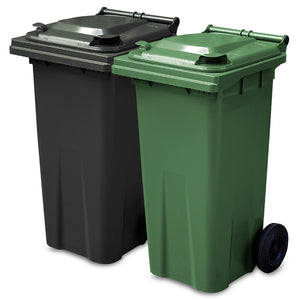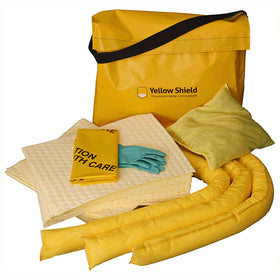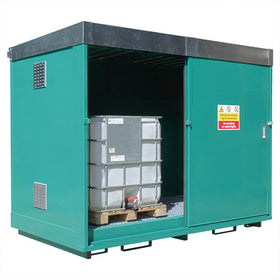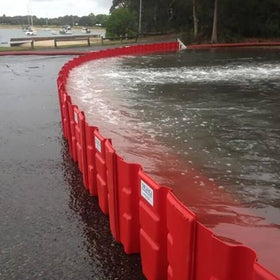Bunded oil tanks - Polyethylene
Many industrial sites require the storage of large qualities of oil at site for operational and maintenance purposes. And to cope with the storage of such large quantities of oil, a great idea is to use a polyethylene oil storage tank. A secondary containment system is a must when storing large quantities of oil, in case the container bursts or leaks. And the oil storage regulations 2001 state this fact clearly. Polyethylene is thus an excellent candidate to use in these types of situations as it is both maintenance free and corrosion free too.
Polyethylene tanks are really keenly priced, but it’s the vast range of shapes, sizes and volume capacities they are available in which makes them the number one oil storage choice for industry.
Polyethylene bunded tanks come in horizontal and vertical options, with storage capacities between 430 litres and 5,000 litres available to purchase. And because polyethylene is corrosion free, the tank will last for a significant number of years before a new tank will be needed. Most polyethylene tanks now come with a ten year manufacturer guarantee.




